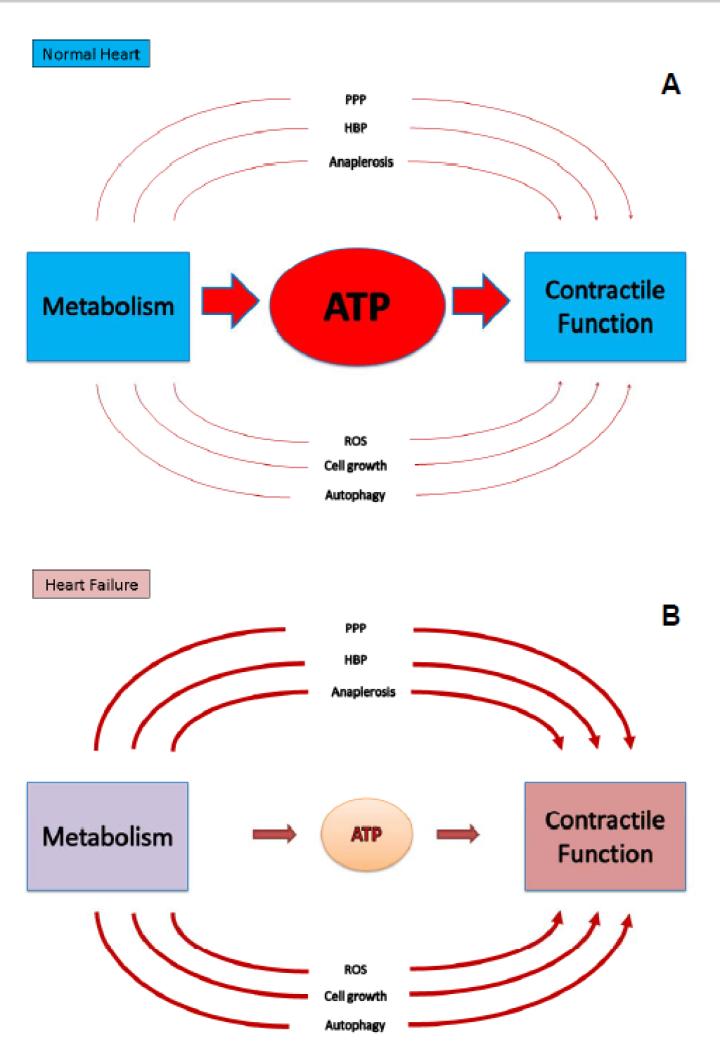Figure 4. Simplified illustration of the relationship between cardiac metabolism and contractile function, reflecting the role of ATP production and non-ATP producing processes.
In the normal heart under steady state conditions (A), the main metabolic task is to produce ATP for contractile function. Alternative pathways such as the pentose phosphate pathway (PPP), the hexosamine biosynthetic pathway (HBP), the activation of autophagy or the production of reactive oxygen species (ROS) and others play a minor role. In the progression to HF (B), ATP producing capacity is reduced. In addition, the alternative pathways may be activated to various degrees. Such activation may provide additional metabolic mechanisms influencing contractile function that could represent potential new metabolic targets for therapy.

